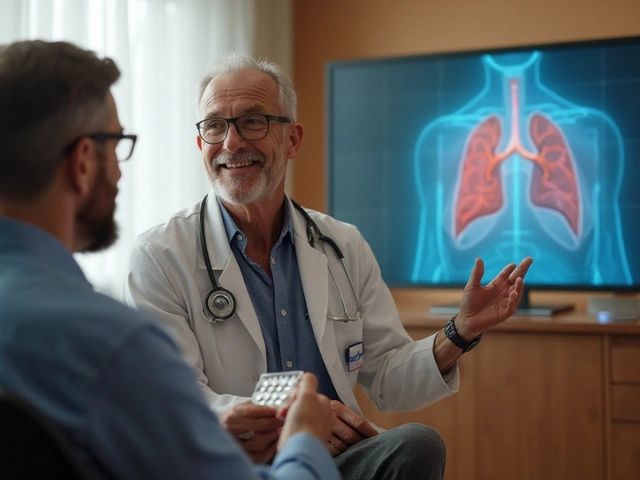Pharmacokinetics: How Drugs Move Through Your Body
Ever wonder why some pills kick in fast, others take days, and some never reach the brain? That’s pharmacokinetics — the story of what your body does to a drug. Knowing a few basics makes taking medicines safer and helps you spot when something might go wrong.
Key steps: ADME
Pharmacokinetics breaks down into four steps: absorption, distribution, metabolism, and elimination — often called ADME. Absorption is how a drug gets from the dose into your blood. Take a tablet: it must dissolve and cross your gut wall. Give the same drug by IV and it’s already in the bloodstream, so it works faster. First-pass metabolism in the liver can cut how much of an oral drug reaches circulation — that’s why some drugs are much stronger by injection than by mouth.
Distribution is where the drug goes next. Blood proteins like albumin can hold drugs and keep them from acting. Other drugs cross into fat or the brain depending on their chemistry. Volume of distribution is a number doctors use to guess where a drug will hang out — mostly in blood, mostly in fat, or widely across tissues.
Metabolism usually happens in the liver. Enzymes called CYP450 — especially CYP3A4 — change drugs into forms the body can clear. Some foods and medicines block these enzymes (inhibitors) and raise drug levels. Others speed them up (inducers) and lower drug levels. A classic example: grapefruit juice can raise levels of certain statins and cause side effects.
Elimination is how the drug leaves — mostly via urine or feces. Kidneys are key. If your kidneys don’t work well, drugs can build up and cause harm. That’s why doses change in kidney disease. Liver failure can do the same for drugs cleared by metabolism.
Practical points that matter to you
Half-life tells you how long a drug sticks around. Short half-life drugs need frequent doses. Long half-life drugs take longer to reach steady state and longer to wash out. Steady state usually happens after about 4–5 half-lives and is why some medicines need days of regular dosing before you feel the full effect.
Drug interactions come from ADME. If one drug blocks the enzyme that clears another, the second drug can spike and cause toxicity. Think warfarin and certain antibiotics — levels can rise and bleeding risk goes up. Always tell your prescriber about supplements and herbal products — St. John's wort, for example, can lower many drug levels.
Simple habits help. Take meds with or without food as instructed. Don’t mix certain meds with grapefruit. Get lab checks if you’re on drugs that need monitoring (anticoagulants, some anticonvulsants, lithium). If you have kidney or liver disease, ask about dose changes. And if a new symptom starts after a med change, report it — it might be a pharmacokinetic issue.
Want more real-world examples and drug-specific tips? Browse our pharmacokinetics tag to find clear guides and practical warnings for common medicines.




